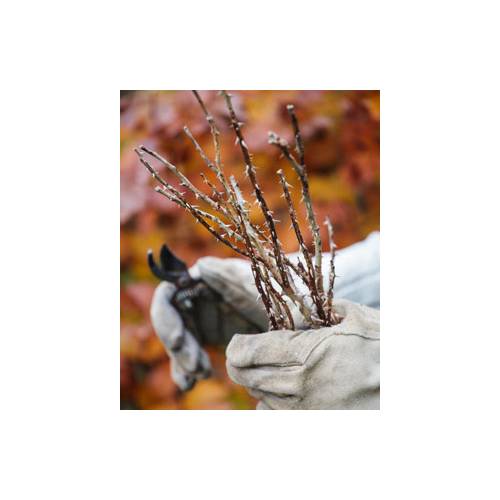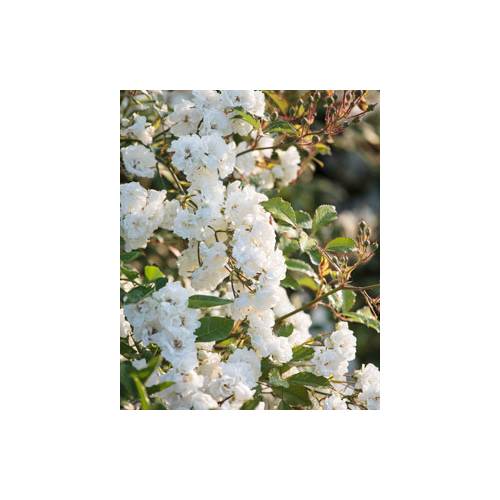
Diseases
Rose wilt
- Details
-
This disease cause real troubles during wet winters, but it can also strike anytime of the year. Learn how to spot it and how to avoid it!
Drying out of the stems
The Rose Bush suffering from this disease sees its stems drying out, as if they had gone old prematurely. It starts from the tip of the branches which dry out little by little going steadily downwards, towards the base. Pale brown to start with, the bark then becomes black. The evolution of the disease spreads out over several weeks. A Rose Bush badly affected can lose more than half of its branches. The Rose Bush survival is not threatened but its vigour is highly diminished.
A pathogenic fungus
Microscopic, the cause of the disease is a fungus. It often introduces itself by a pruning wound. It goes up following the sap path and spreads towards the branches’ base. Also invisible, the contaminating germs form onto the wood which has wasted away, several weeks following the attack.
Humidity mostly
Weak Rose Bushes which lack of regular pruning are the main targets of this fungus. It is more virulent in places where the air is charged with humidity, like in valleys, along humid walls or in gardens near woods. Places where air does not circulate well, like at the bottom of courtyards and gardens surrounded with thick edges or walls are also amongst its favourite places.
An easy fight
The best fighting method consists in pruning the affected Rose Bush: cut all the twigs that have wasted away, and this at all time. Remove the small branches which block the heart of the branches (these small stems that never flower). Fertilize advisedly (not too much, not enough). Think about growing some resistant varieties such as 'Ballerina' or 'Cornelia'. - Photos (2)


